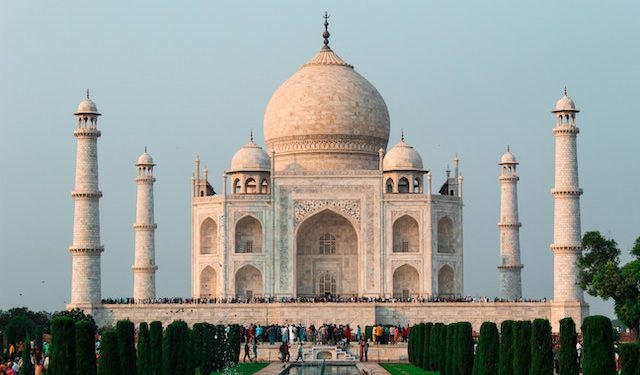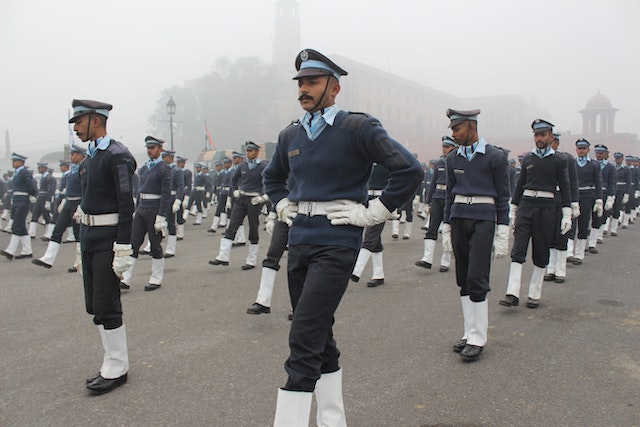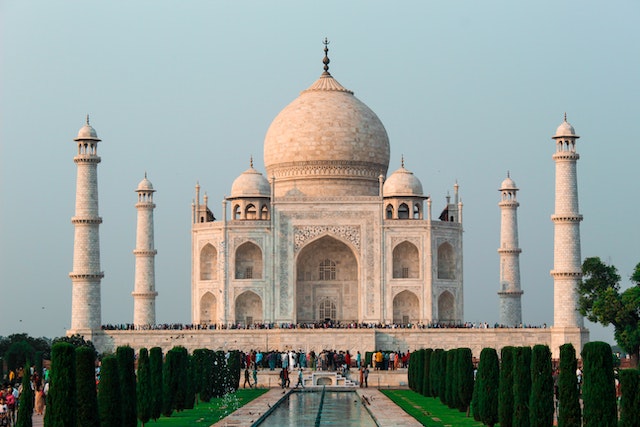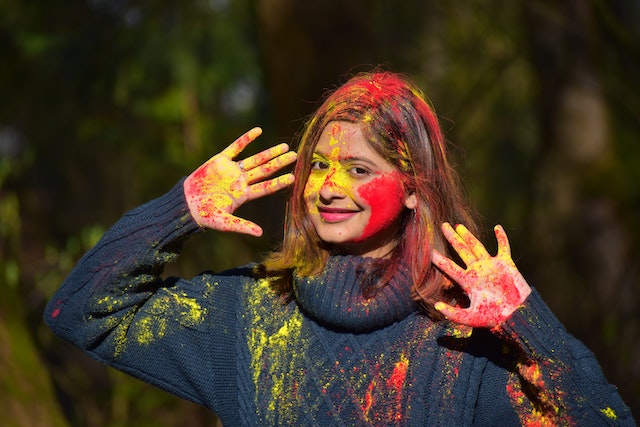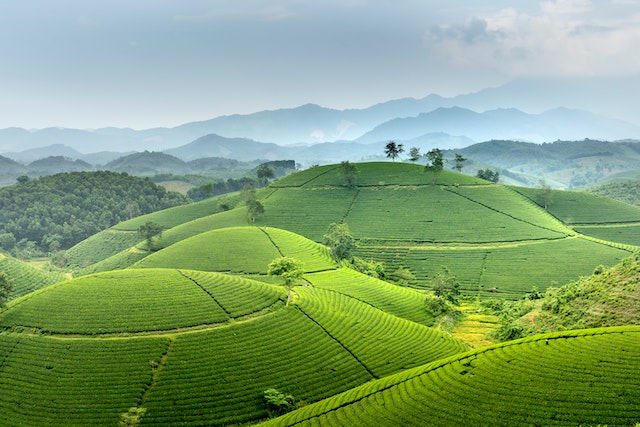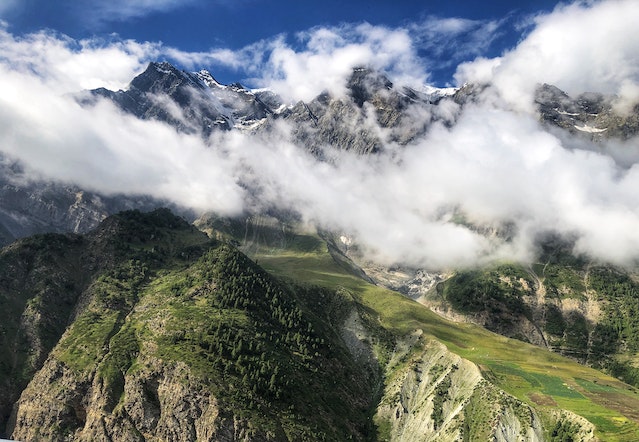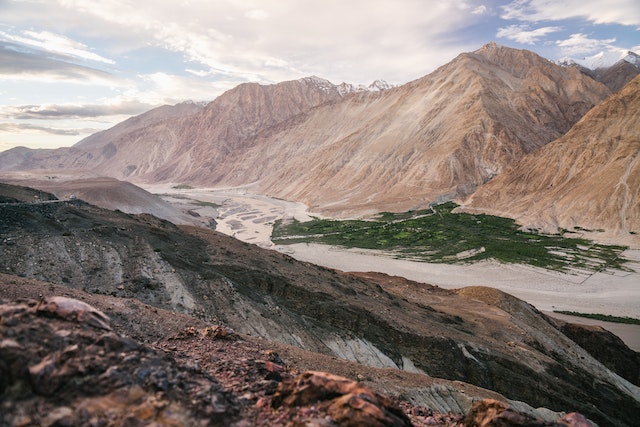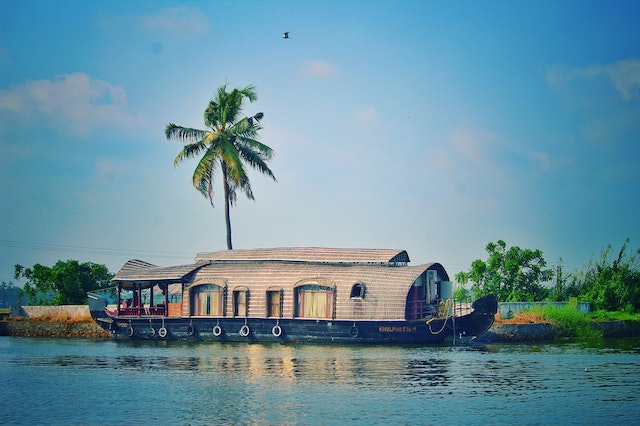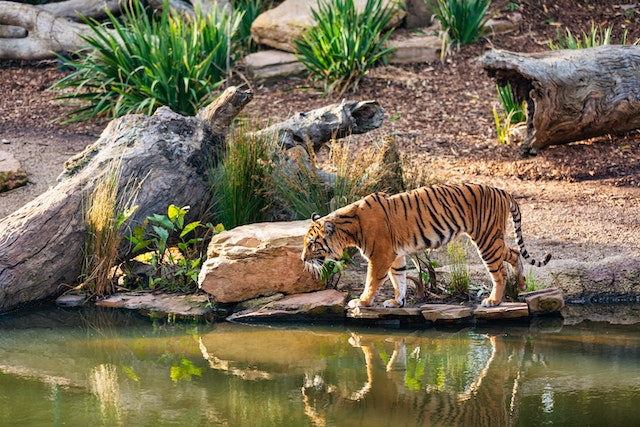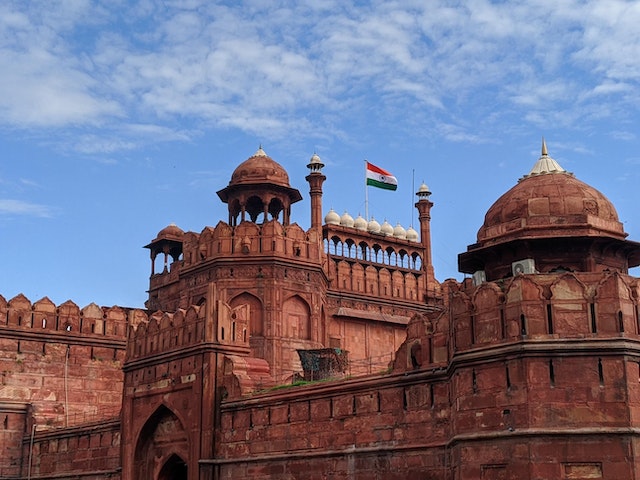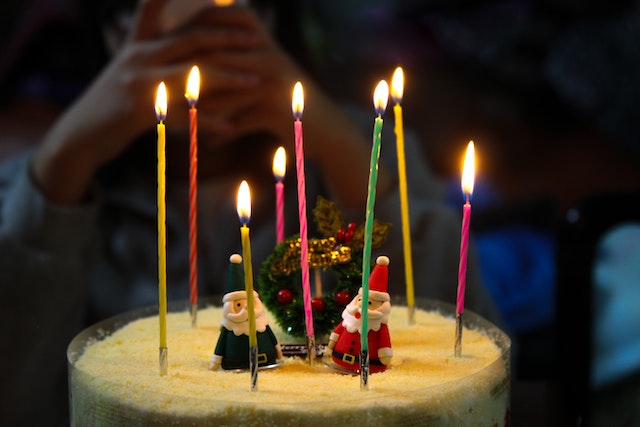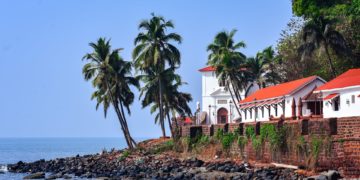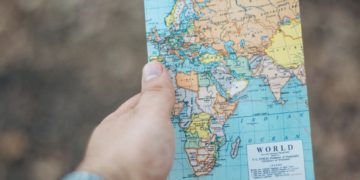India, a country known for its rich history, diverse cultures, and breathtaking landscapes is a destination that every traveler should experience at least once in their lifetime. However, with its vast geographical spread and varying climatic conditions, it’s crucial to plan your visit during the right time to make the most of your trip. This month-by-month guide will help you understand when to visit India based on your travel preferences.
January
January is one of the best months to visit India, especially, the southern and western parts of the country. This is the dry season when the weather is cool and pleasant. In Delhi, temperatures can drop to around 7°C (45°F), while in the southern and western states like Kerala and Goa, temperatures hover around a comfortable 25°C (77°F).
The Republic Day parade in New Delhi on January 26 is a highlight, showcasing India’s cultural diversity and military strength. The Jaipur Literature Festival also takes place in January, making it a great month for literature lovers. The Rann of Kutch in Gujarat hosts the Rann Utsav, a cultural extravaganza of music and dance, and the Jaipur Literature Festival attracts authors and book lovers from around the globe. January also sees the celebration of Pongal, a harvest festival in South India.
February
February continues the pleasant weather, making it an ideal time for sightseeing and outdoor activities. The iconic Taj Mahal in Agra is less crowded, offering a more intimate experience. It’s also a great time to explore the Thar Desert in Rajasthan or the beaches of Goa. The Khajuraho Dance Festival and the Goa Carnival are major attractions during this month. Adventure enthusiasts can take a camel safari in the Thar Desert, Rajasthan, or explore wildlife in the national parks, as it’s an excellent time for animal sightings. The SulaFest, a gourmet world music festival, takes place in Maharashtra’s wine country, Nashik.
March
As the country begins to warm up, it’s an excellent time to visit the hill stations like Shimla, Ooty, and Darjeeling. Holi, the festival of colors, is celebrated in March, offering a unique cultural experience. In the south, the states of Tamil Nadu and Karnataka celebrate the spring festival of Puthandu and Ugadi, respectively.
April
April marks the beginning of summer in most parts of India, but Northeast India remains relatively cool, with temperatures around 20°C (68°F). It’s an excellent time to visit the Northeastern states such as Sikkim, Arunachal Pradesh, and Meghalaya, known for their pleasant weather and stunning landscapes.
You can explore the tea gardens of Assam or visit Kaziranga National Park. The Mopin Festival in Arunachal Pradesh and Baisakhi, a harvest festival celebrated in Punjab, are notable events in April.
May
This is the peak of summer, and it’s a good time to visit the high-altitude regions of Himachal Pradesh and Uttarakhand. The hill stations like Manali, Mussoorie, and Nainital offer a cool retreat from the heat. The summer festival of Ooty, featuring flower shows and boat races, and the Shimla Summer Festival, known for its cultural performances, offer unique experiences.
June
June is the onset of the monsoon in many parts of India. However, Ladakh, being a rain-shadow region, remains dry and is an excellent destination for adventure enthusiasts. The Hemis Festival, celebrating the birth of Guru Padmasambhava, is a key attraction. Moreover, the scenic Manali-Leh highway opens for travelers.
July to September
These are the monsoon months. While travel can be challenging due to rainfall, it’s when the Western Ghats and places like Kerala, Coorg, and Goa showcase their lush green beauty. The Onam festival in Kerala, celebrated with snake boat races, the Ganesh Chaturthi celebrations in Maharashtra, the Teej Festival in Rajasthan, and the Nehru Trophy Boat Race in Kerala are significant events during these months.
October
October brings an end to the monsoon and marks the beginning of autumn. It’s an excellent time to visit the wildlife sanctuaries like Bandhavgarh and Ranthambore, as the animals often come out for water. The famous Durga Puja in Kolkata and Diwali, the festival of lights, are celebrated during this time and offer a deep dive into Indian traditions.
November
November is a great month to explore the Golden Triangle (Delhi, Agra, and Jaipur) as the weather is comfortable. The Pushkar Camel Fair in Rajasthan is a unique cultural event that takes place in November. The Ganga Mahotsav in Varanasi, culminating in the grand Dev Deepavali, when thousands of lamps are lit on the ghats of the Ganges, is a spiritual experience unlike any other.
December
December is the peak tourist season in India. The weather is cool and dry, suitable for exploring various parts of the country. The Hornbill Festival in Nagaland and Christmas celebrations in Goa and Kerala are key events.
The best time to visit India depends largely on the regions you plan to explore and your interests. Whether it’s the cultural festivals, the natural beauty, or the historical landmarks, every month presents a unique facet of India, making it a year-round destination. Be sure to check for weather updates and any travel advisories before planning your trip.

